Introduction to Astrophysics
PHYS 45400, Spring 2024
Dr. James Hedberg
What is this class about?
Class Structure
Some Important Observations/events:
Moons of Jupiter
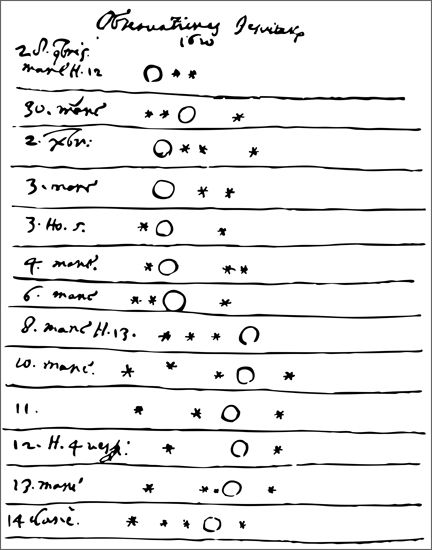
Galileo's Diagrams showing the position of the moons of Jupiter on successive evenings.
Modern Analogue: Exoplanets
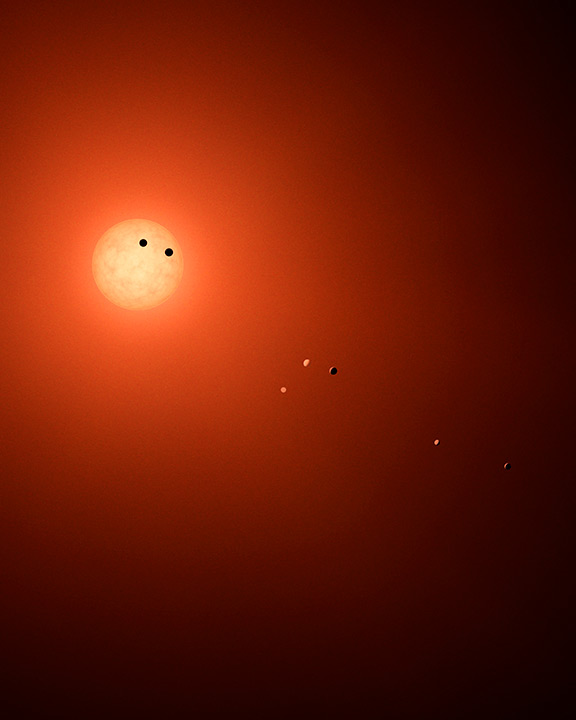
An artist's interpretation of the trappist-1 system.
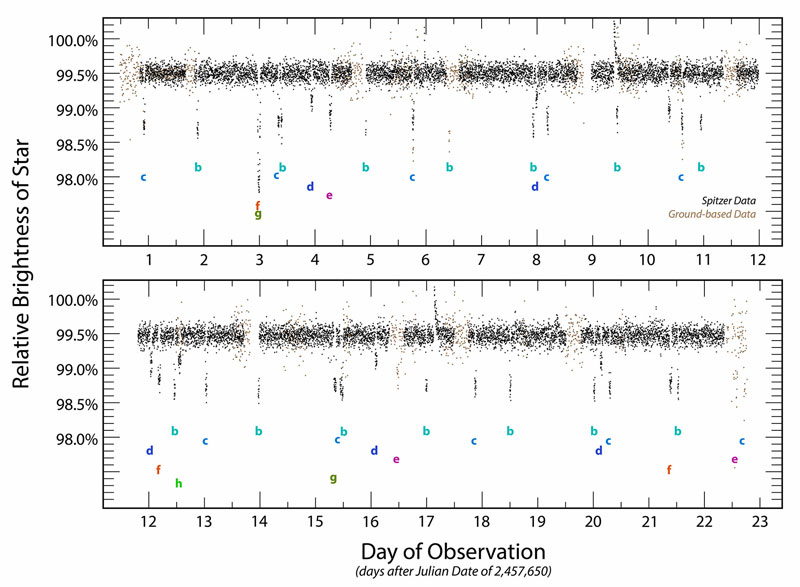
Data from the trappist 1 system showing the relative brightness of the central star.
NASA/JPL-Caltech/M. Gillon (Univ. of Lige, Belgium)
Spectroscopy
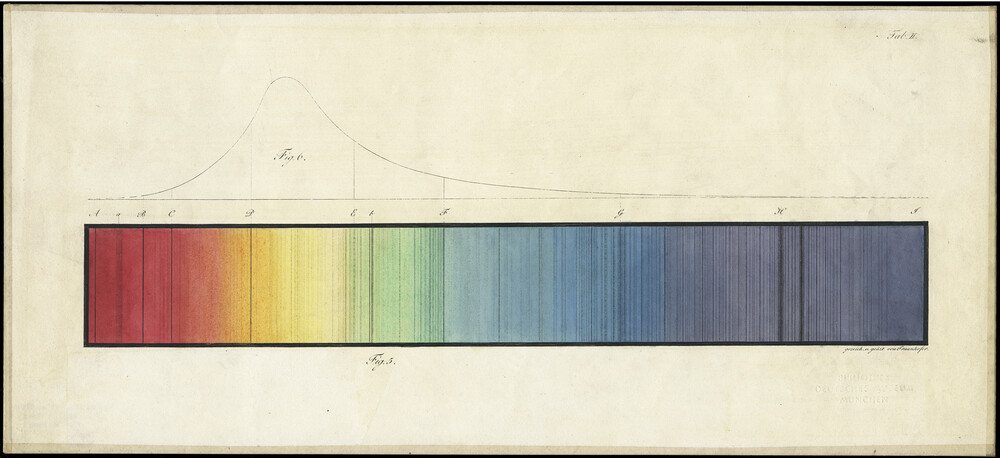
The dark lines of the solar spectrum as depicted by Fraunhofer (~1814)
Bestimmung des Brechungs- und Farbenzerstreuung-Vermögens verschiedener Glasarten in Bezug auf die Vervollkommnung achromatischer Fernröhre. [https://onlinelibrary.wiley.com/doi/full/10.1002/andp.201400807]
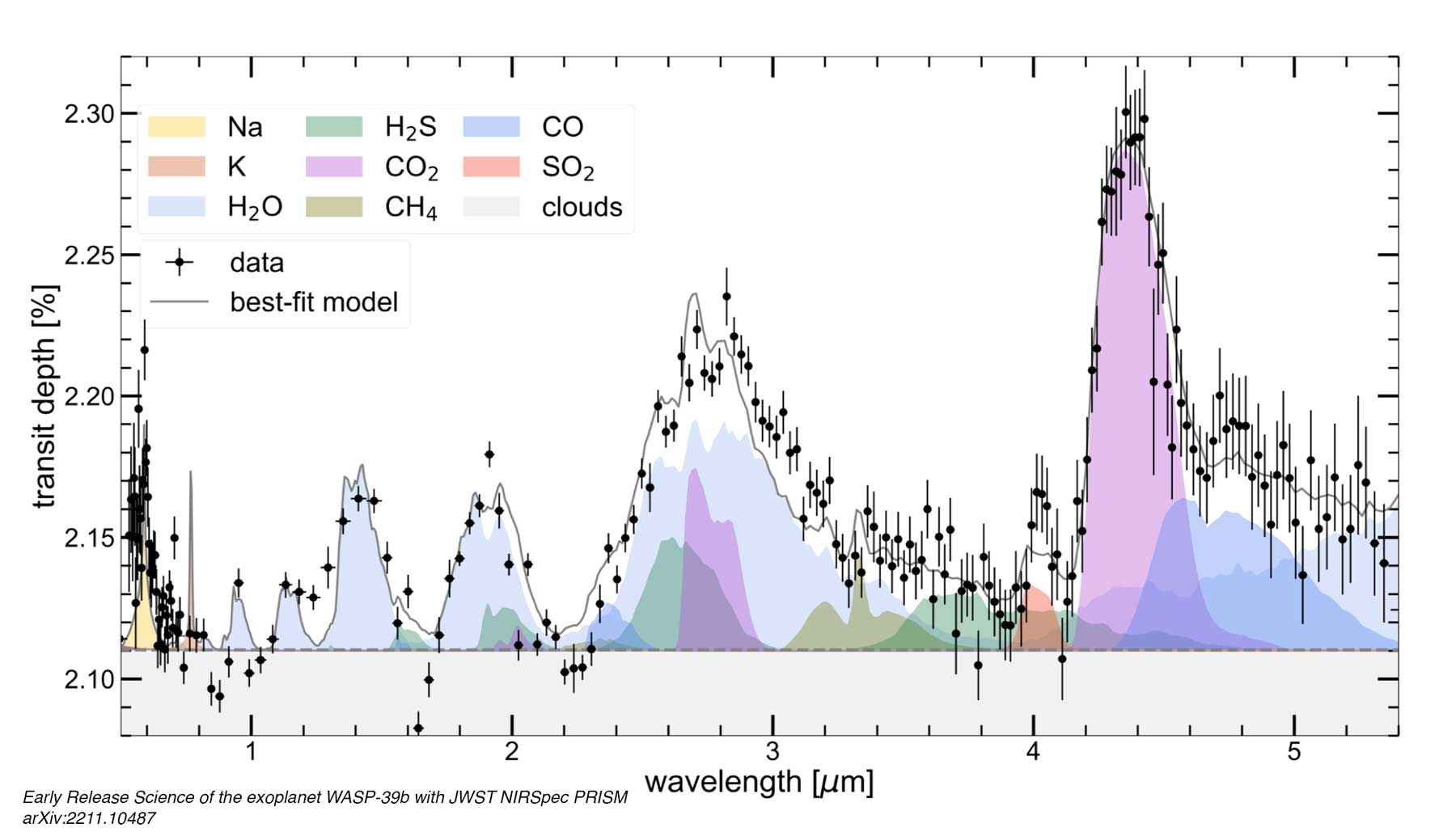
The JWST-PRISM transmission spectrum of WASP-39b with key contributions to the atmospheric spectrum.
https://arxiv.org/pdf/2211.10487.pdf
1919 Eclipse
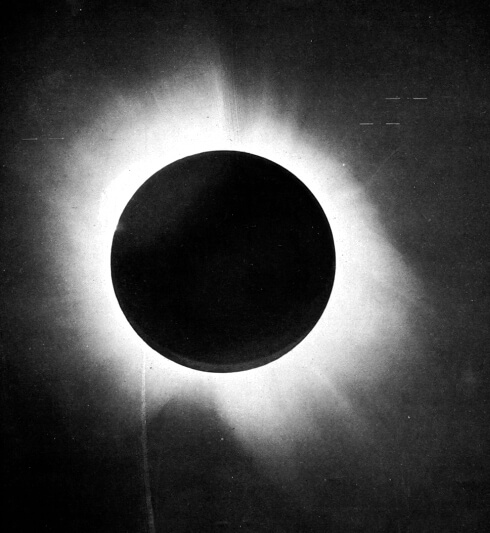
The 1919 eclipse
F. W. Dyson, A. S. Eddington, and C. Davidson (1920). "A Determination of the Deflection of Light by the Sun's Gravitational Field, from Observations Made at the Total Eclipse of May 29, 1919". Philosophical Transactions of the Royal Society A: 332. ISSN 1364-503X.
Cepheid Variables
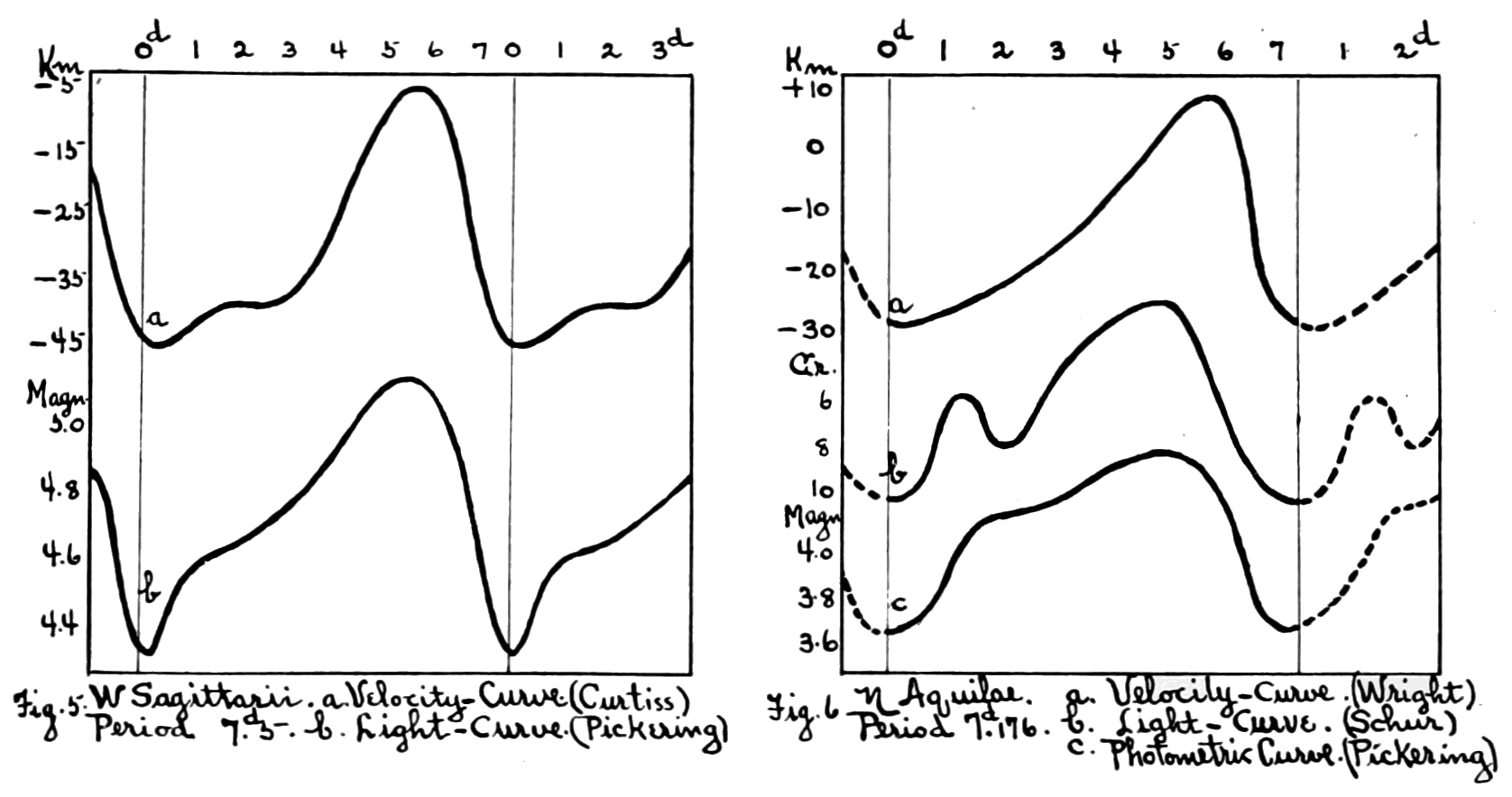
Cepheid Variables: The light from theses stars changed - periodically!
https://archive.org/details/popularsciencemo69newy/page/180/mode/2up
Expansion of the Universe
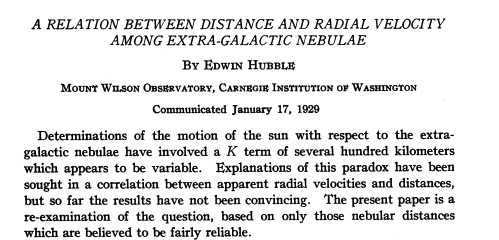
1930's: Jansky Radio Antenna

Karl Jansky, at Bell Telephone Laboratories in Holmdel, NJ

Now, our radio telescopes are much larger and more recognizable.
Cosmic Microwave Background

The Holmdel Horn Antenna on which Penzias and Wilson discovered the cosmic microwave background
Pulsars
Data from the original discovery of a pulsar.
Data from: Observation of a Rapidly Pulsating Radio Source A. HEWISH, S. J. BELL, J. D. H. PILKINGTON, P. F. SCOTT & R. A. COLLINS, Nature 217, 709 - 713 (24 February 1968);
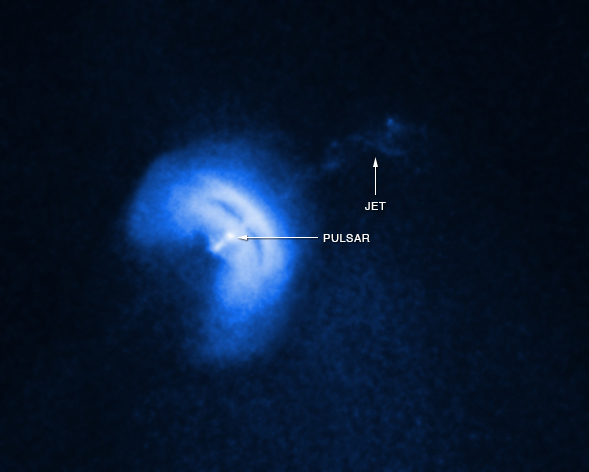
This movie from NASA's Chandra X-ray Observatory shows a fast moving jet of particles produced by a rapidly rotating neutron star
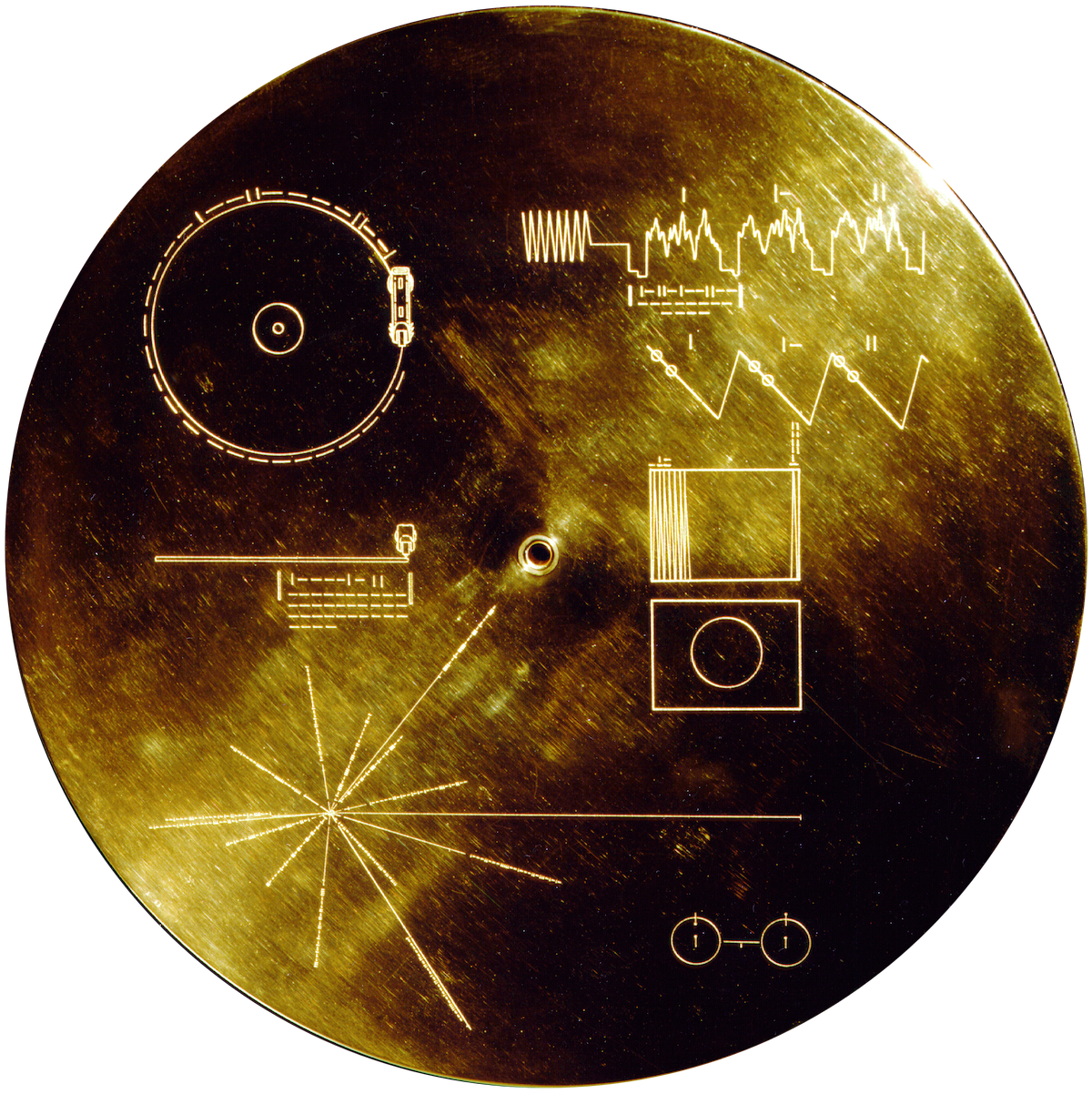
The "Golden Record"
Dark Matter
The expected velocity of orbiting bodies as a function of position from the center.
A measured galactic rotation curve shows that the objects further away move about the same speed as the ones close in. uh-oh
Data from: Rotational properties of 21 SC galaxies with a large range of luminosities and radii... Rubin, V. C.; Ford, W. K., Jr.; Thonnard, N. Astrophysical Journal, Part 1, vol. 238, June 1, 1980, p. 471-487
Missions!
Mars Rovers
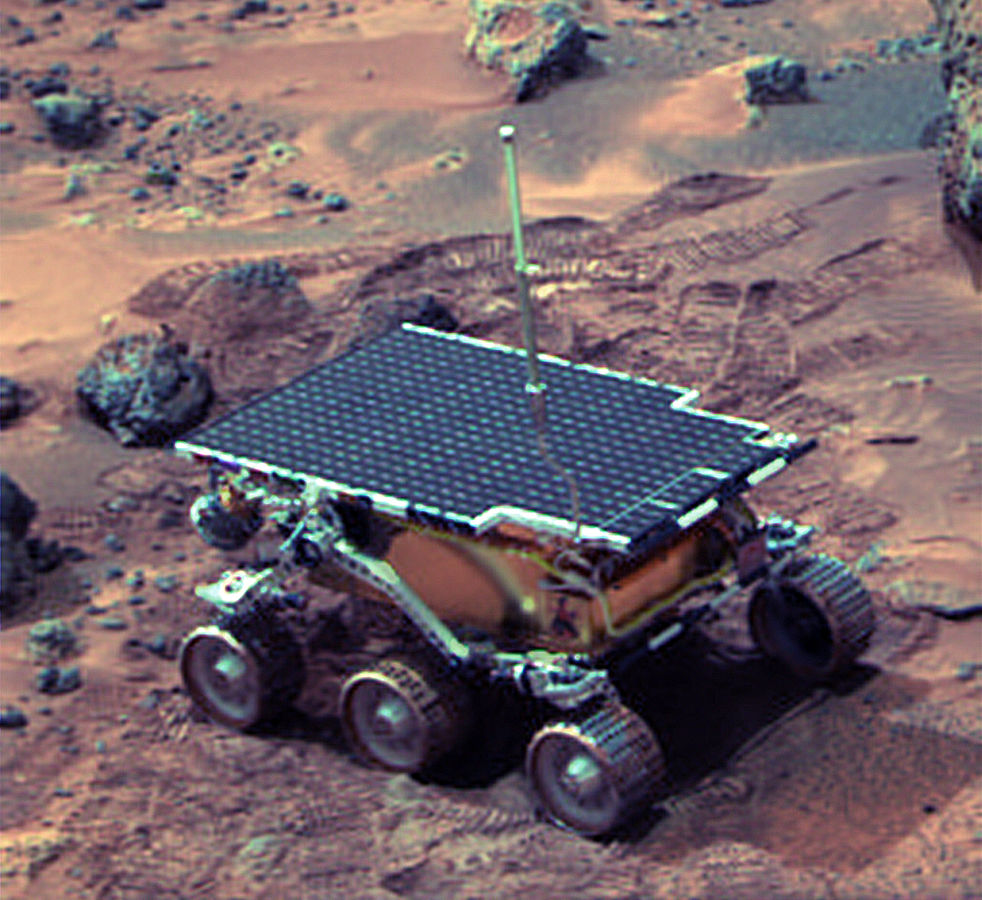
The Sojourner rover.
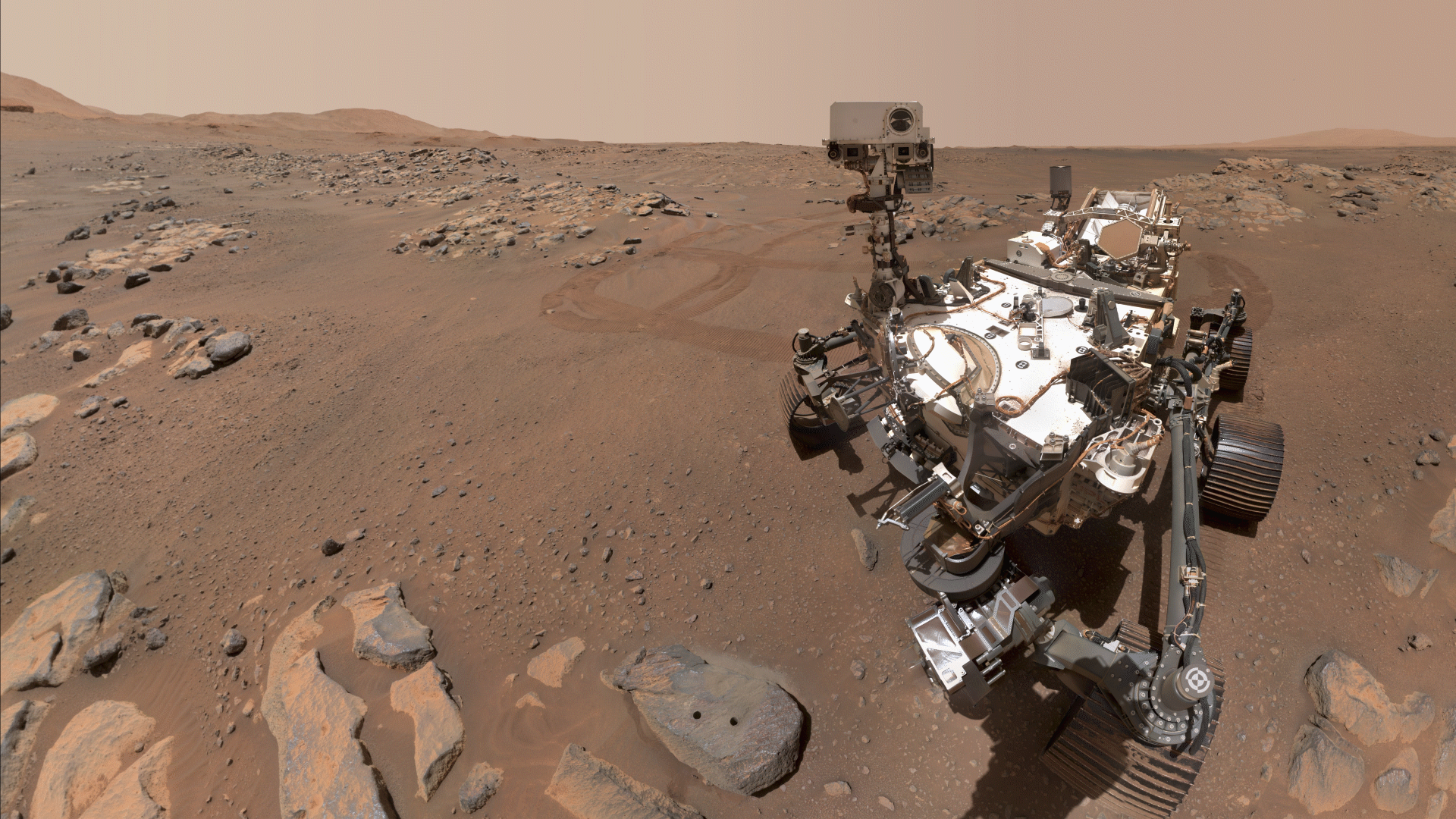
The Perseverance rover landed in Feb 2021
Solar probe
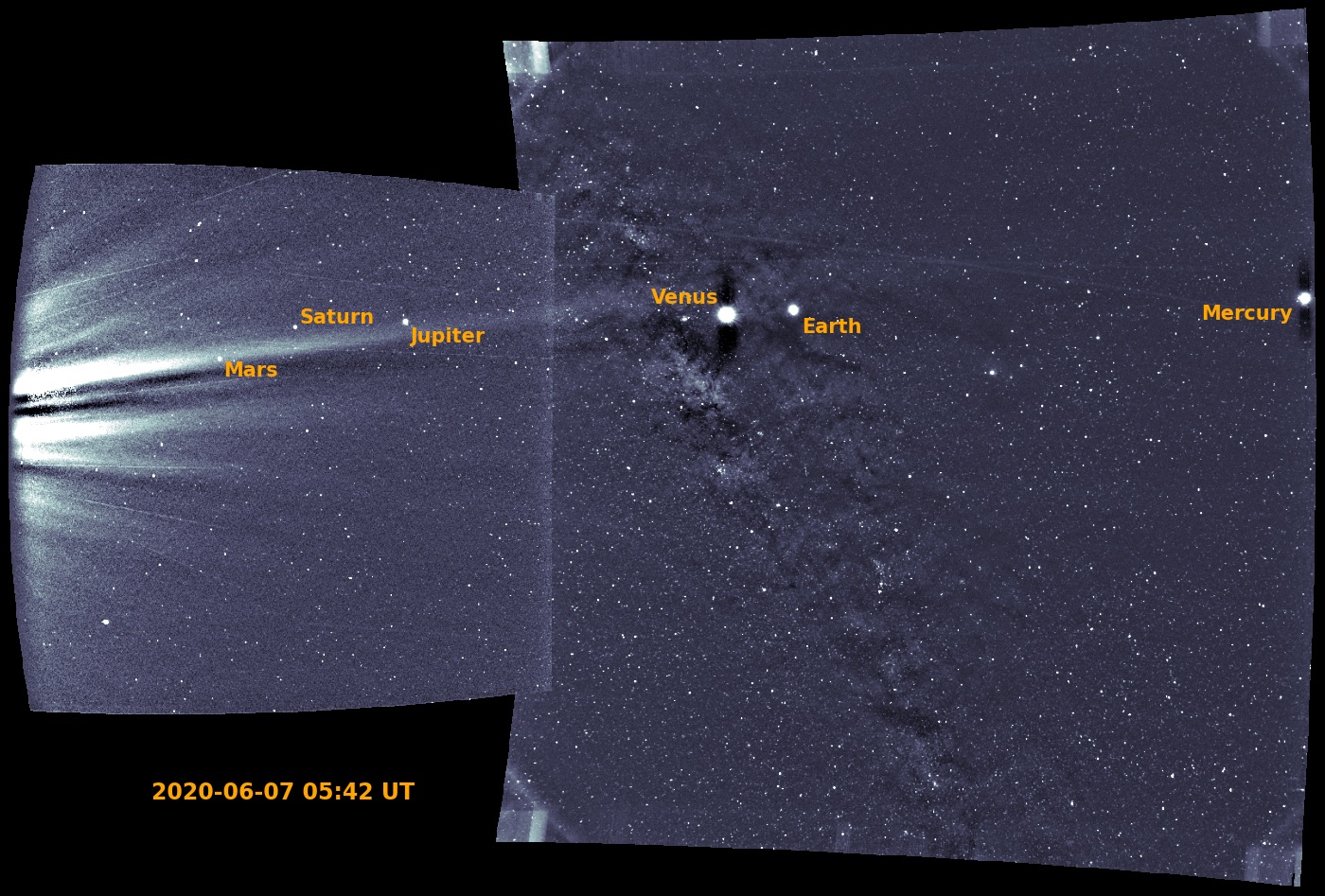
Parker Solar Probe was making its closest approach to the Sun on June 7, 2020, when its Wide-field Imager for Solar Probe (WISPR) captured the planets Mercury, Venus, Earth, Mars, Jupiter and Saturn in its field of view.
Credit: NASA/Johns Hopkins APL/Naval Research Laboratory/Guillermo Stenborg and Brendan Gallagher

Parker Solar Probe is in the 10th of 24 planned, progressively closer orbits around the Sun. the spacecraft, built and operated at the Johns Hopkins Applied Physics Laboratory in Laurel, Maryland, launched on Aug. 12, 2018.
Credit: NASA/Johns Hopkins APL
Return to the Moon
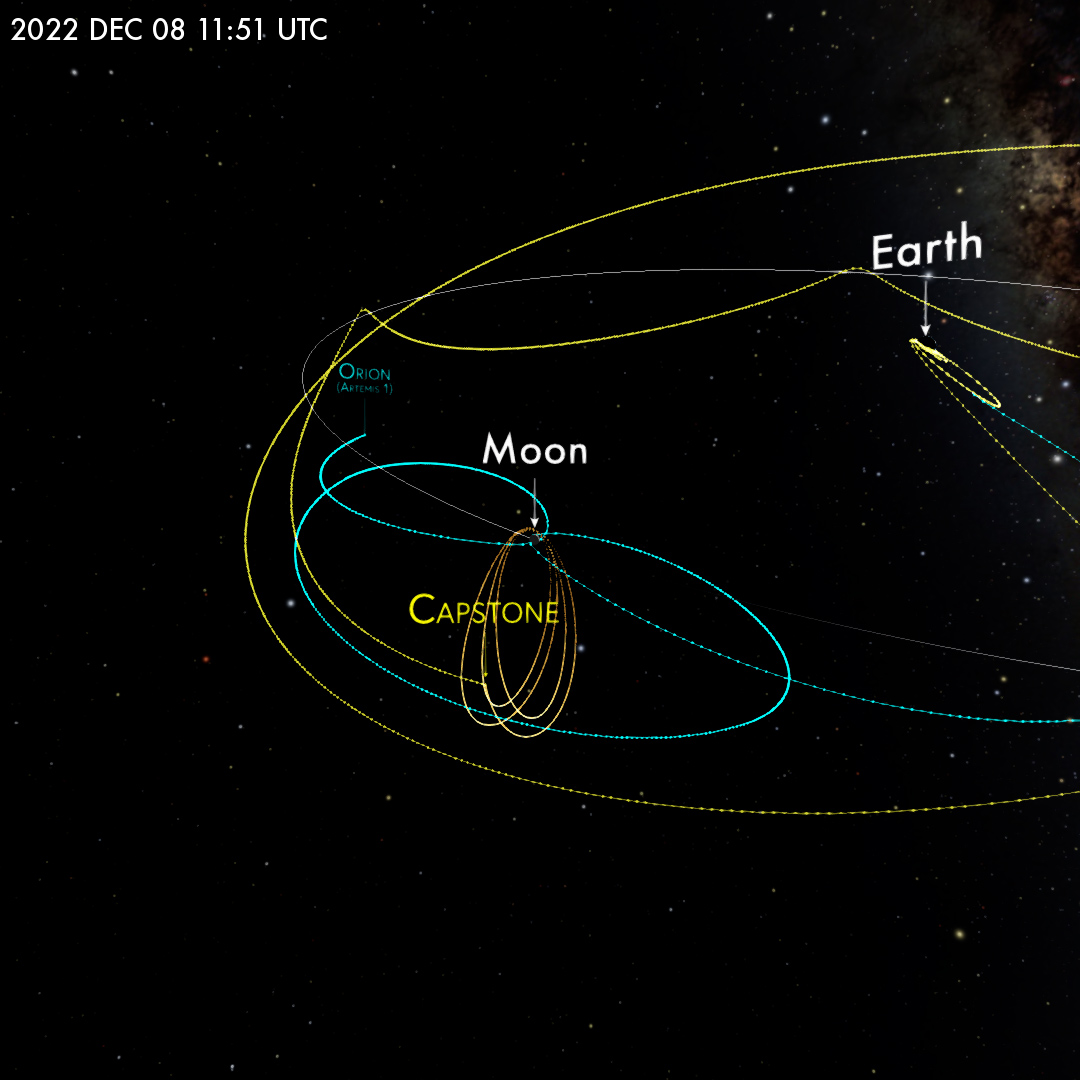
Instrumentation
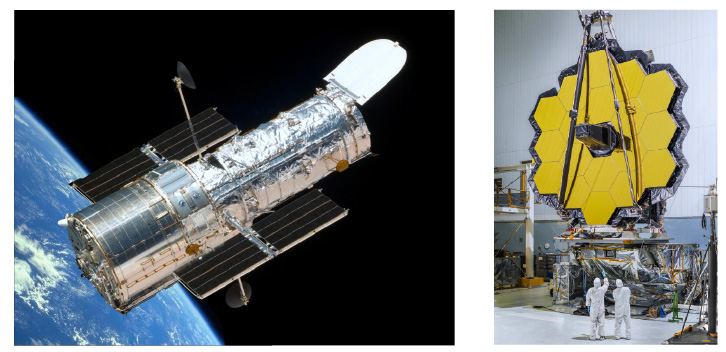
Two Space telescopes.
Gravitational Waves
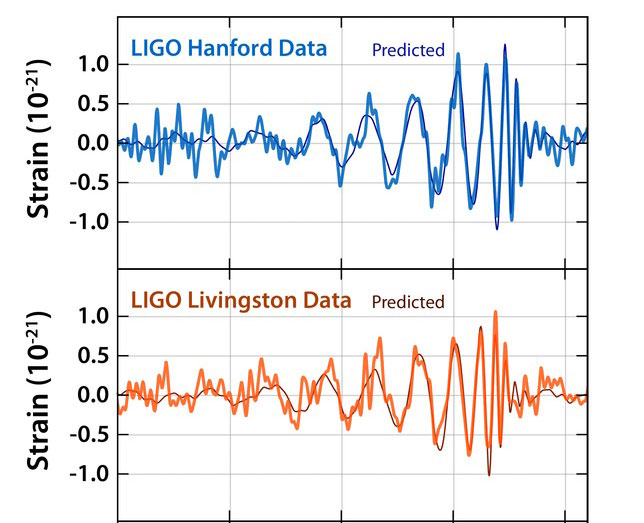
Data from the first Advanced LIGO detection
Image credit: LIGO
Last bits
Topics:
- History of Astro
- Celestial Mechanics
- Light And Interactions
- Instrumentation
- Stars - inside/evolution/black holes
- Solar System
- Planets,Sun,Earth & moon system
- Galaxies
- Cosmology
To do:
Get a python installation going. This can be done with:
- → Google Colab ←
- Anaconda
- (or more fancy things)